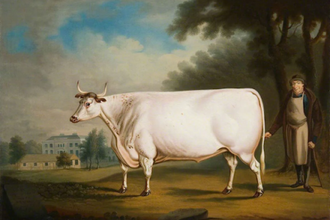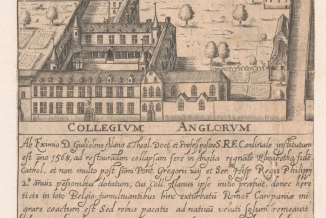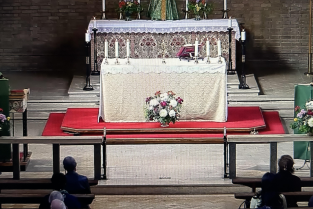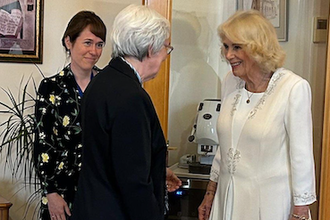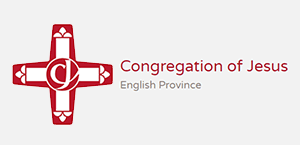Gospel in Art: Solemnity of the Assumption of the Blessed Virgin Mary
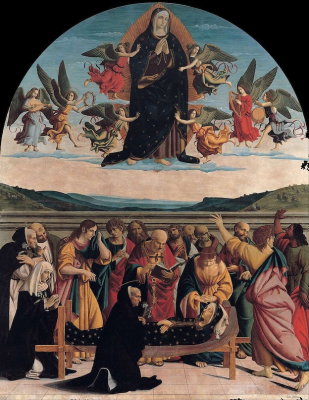
The Assumption of the Blessed Virgin and her death below, by Cola dell'Amatrice 1515 - 1516. Oil on panel. © Capitoline Museums, Rome
Source: Christian Art
Gospel of 15 August 2025
Luke 1:39-56
In those days Mary arose and went with haste into the hill country, to a town in Judah, and she entered the house of Zechariah and greeted Elizabeth. And when Elizabeth heard the greeting of Mary, the baby leaped in her womb. And Elizabeth was filled with the Holy Spirit, and she exclaimed with a loud cry, 'Blessed are you among women, and blessed is the fruit of your womb! And why is this granted to me that the mother of my Lord should come to me? For behold, when the sound of your greeting came to my ears, the baby in my womb leaped for joy. And blessed is she who believed that there would be a fulfilment of what was spoken to her from the Lord.'
And Mary said,
'My soul magnifies the Lord, and my spirit rejoices in God my Saviour, for he has looked on the humble estate of his servant.
For behold, from now on all generations will call me blessed; for he who is mighty has done great things for me, and holy is his name.
And his mercy is for those who fear him from generation to generation.
He has shown strength with his arm; he has scattered the proud in the thoughts of their hearts;
he has brought down the mighty from their thrones and exalted those of humble estate;
he has filled the hungry with good things, and the rich he has sent away empty.
He has helped his servant Israel, in remembrance of his mercy, as he spoke to our fathers,
to Abraham and to his offspring for ever.'
And Mary remained with her about three months and returned to her home.
Reflection on the painting
We've all experienced the power of a good visit, whether going to see friends or welcoming others into our home. When received with warmth and openness, such encounters leave us changed, encouraged, and blessed. Something similar and far deeper takes place in today's Gospel, where Mary visits her cousin Elizabeth. Luke describes how this meeting blesses them both: Elizabeth is filled with the Holy Spirit, and Mary, in turn, bursts into praise through her great prayer, the Magnificat. Elizabeth recognises that in welcoming Mary, she is also welcoming the Lord whom Mary carries, calling her "the mother of my Lord." Through this encounter, we too come to see Mary as the one through whom God came to visit His people, and we honour her today because of that unique role.
Our painting by Cola dell'Amatrice show the glorious Assumption in the top half of the painting. Born in the town of Amatrice he was a contemporary to Raphael and Michelangelo, and deeply influenced by them. He worked in a style that blends late Quattrocento (15th-century) traditions with the emerging High Renaissance. Our large altarpiece painting depicts a two-part narrative, combining both the Dormition (Death) and the Assumption of the Virgin Mary into a single visual composition. This pairing was common in Marian iconography. In the lower section, Mary is shown lying peacefully on her deathbed, surrounded by the Apostles and Dominican friars (the painting was commissioned for a Dominican church). Their faces are expressive and reverent, each figure reacting with a mix of awe, grief, and devotion. This scene, often referred to as the Dormitio Virginis, reflects a long-standing Christian tradition that Mary did not suffer death in the ordinary way, but "fell asleep" before being assumed into heaven.
Above, the scene transitions into the glory of heaven, where Mary, painted within a mandorla, is shown being lifted by angels, radiant and joyful, her hands in a prayerful solemn pose. She is surrounded by celestial light, and choirs of angels, ascending toward her son Jesus Christ and His Father, who welcome her with divine majesty. This image celebrates her glorification, body and soul, in heaven, the very heart of our wonderful feast of the Assumption.
LINKS
Gospel in Art: https://christian.art/
Today's Reflection: https://christian.art/daily-gospel-reading/luke-1-39-56-2025-2/



